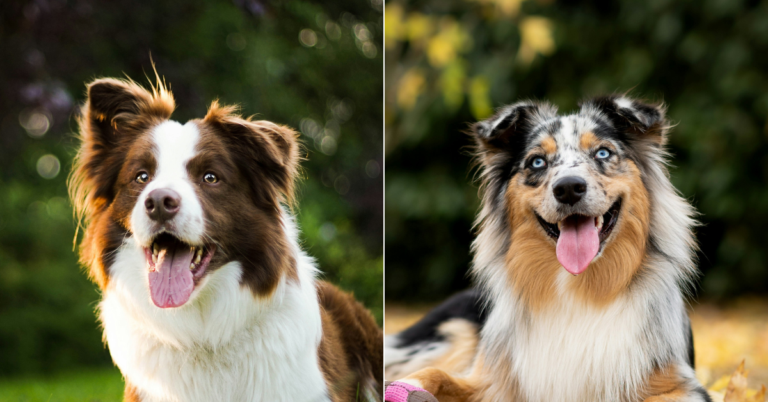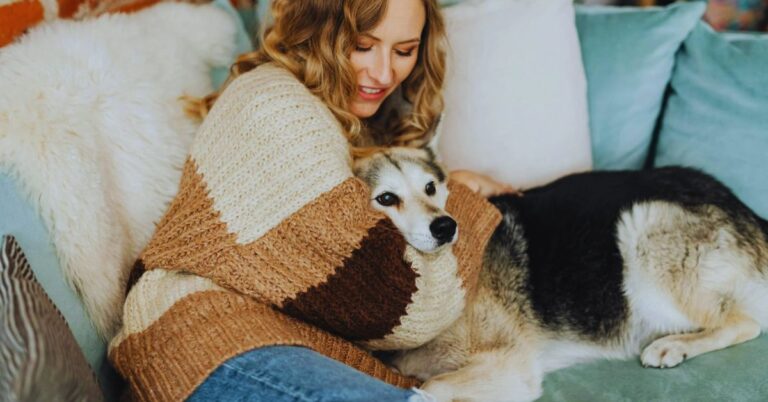20 Age-Related Dog Changes You’ll Be Glad You Understood Early

One day, your dog is bouncing off the walls; the next, they’re not so quick to greet you. Nothing’s wrong—they’re just getting older. It’s easy to miss the signs when life’s busy. But those signs matter. The earlier you notice the shifts, the easier it is to adjust and help them stay comfortable as the years roll on. Here’s what to watch for.
Vision Becomes Cloudy
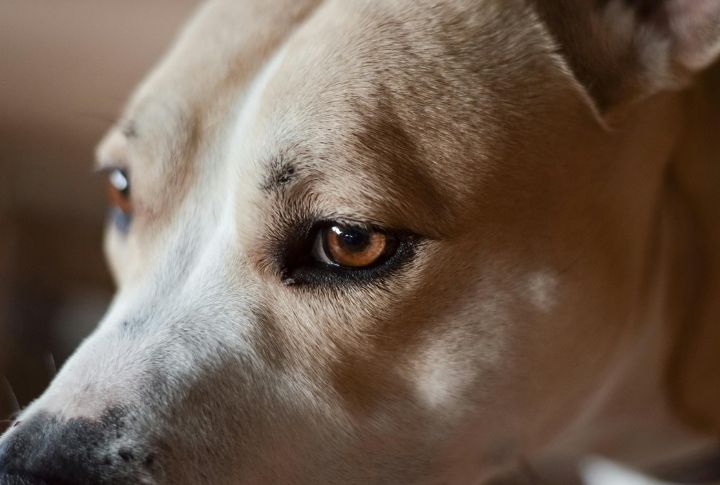
Over 75% of senior dogs experience cloudy eyes or cataracts. You might notice hesitation at stairs or furniture that they once tackled easily. As vision fades, dogs depend more on scent and routine. Plus, regular checkups help detect early signs of blindness before it becomes a concern.
Joints Get Stiff And Sore

Jumping up or curling into bed starts to look like an effort. As dogs age, arthritis creeps in—especially in larger breeds. About 80% of dogs over eight feel its sting. Supportive bedding, gentle walks, and weight control go a long way in easing pain and keeping movement comfortable.
Hearing Dulls Over Time
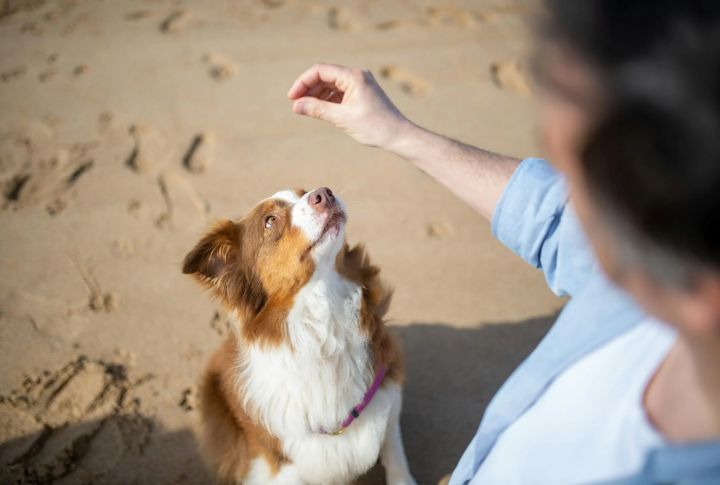
When your dog no longer perks up at your voice, it could be hearing loss rather than defiance. Around one in three older dogs lose some or all of their hearing. They may not hear your words, but hand signals, gentle touch, and vibration still help you stay connected.
Metabolism Slows Down
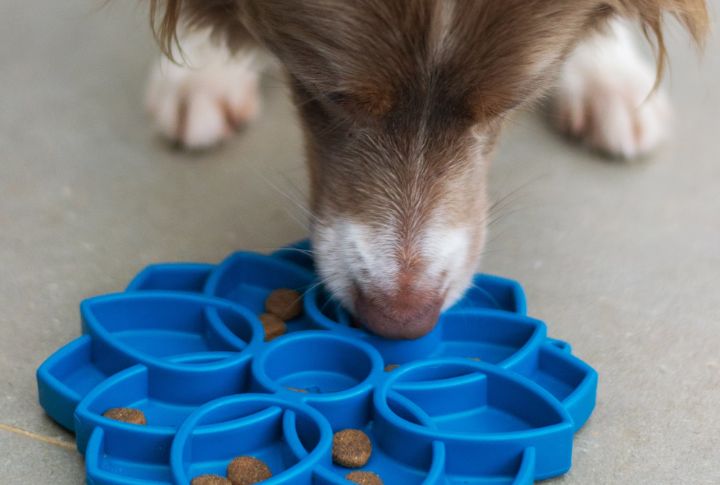
Older dogs burn fewer calories than they used to. Without a diet adjustment, extra weight creeps in. Switch to senior dog food as it is lower in calories and higher in fiber. Smaller meals spaced throughout the day also ease digestion, preventing uncomfortable bloating.
Teeth Show Wear And Decay

Bad breath isn’t just unpleasant—it’s often the first sign of dental trouble. Gum disease affects 90% of dogs by age 10. If your dog becomes picky or avoids hard kibble, sore teeth might be to blame. Daily brushing helps protect their overall health.
Graying Fur Appears Around The Face
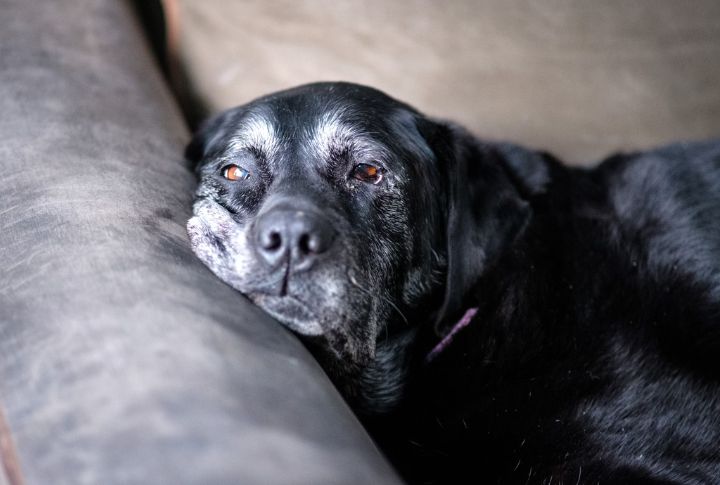
White or gray hairs typically start appearing around the muzzle by age 7. This change is a natural part of aging and is more visible in dark-coated dogs. Stress can bring it on earlier, but it doesn’t hurt or itch. It can even make your dog look wiser.
Skin Loses Elasticity
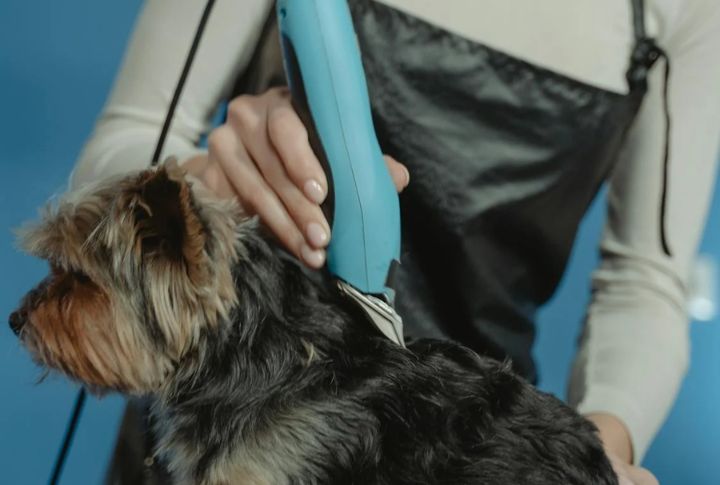
Brushing boosts circulation, spreads natural oils, and keeps the coat smooth. As skin becomes thinner and more fragile with age, mats can trap dirt and cause irritation. Hydrating shampoos help soothe flaky patches, while regular grooming prevents painful sores and discomfort.
Immune System Weakens
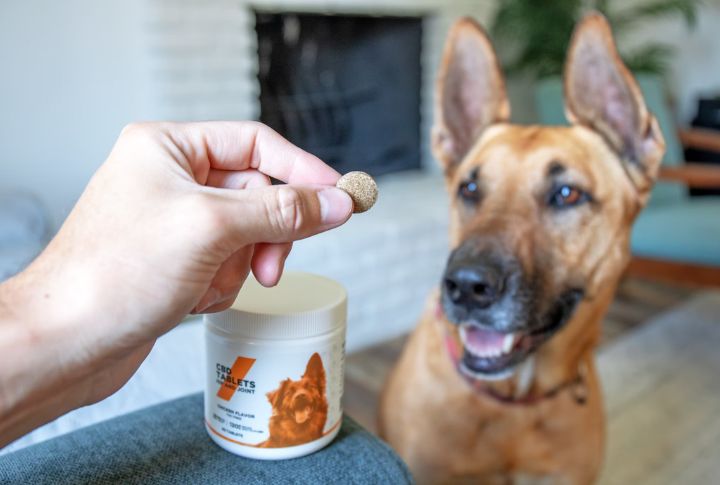
Senior dogs get sick more easily, and infections that were once minor can quickly escalate. Vaccines might not last as long, making yearly wellness checks essential. Consider supplements like omega-3s to help their immune system stay in better shape through the aging process.
Activity Levels Drop
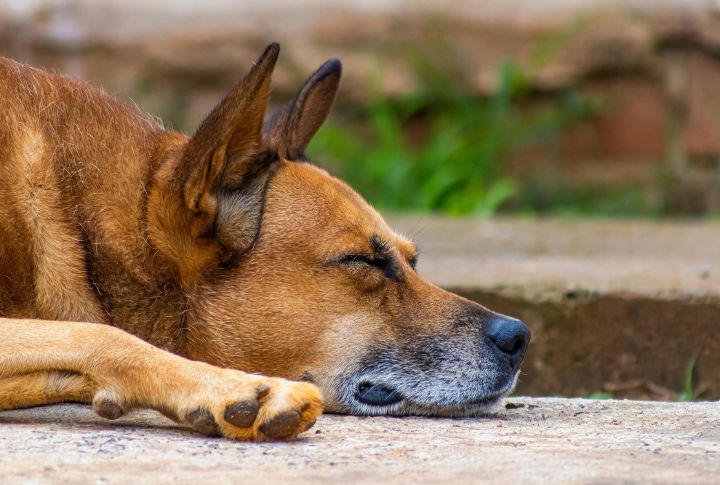
The once zooming pup now prefers long naps and shorter walks. That’s natural. Physical energy dips with age, but gentle exercise—like swimming or slow strolls—maintains strength. If physical games are too much, puzzle toys and scent games keep their mind engaged and sharp.
Bathroom Habits Change
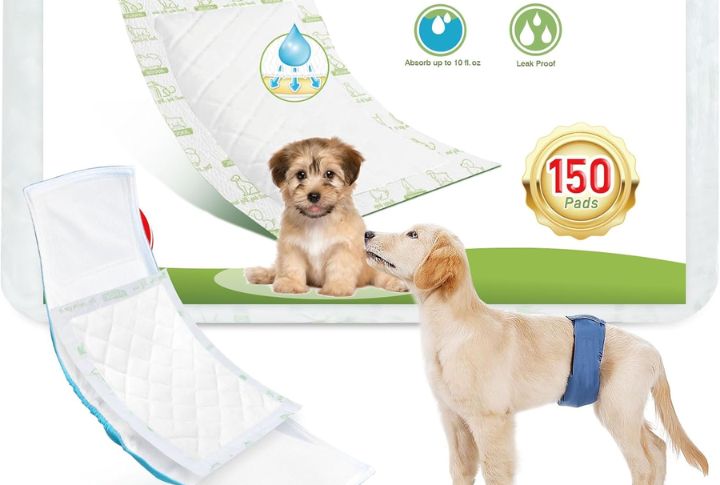
Potty accidents may suddenly appear in well-trained dogs. Aging muscles and urinary issues are common culprits. Pads or diapers can save your floors, but don’t ignore the signs. A vet check ensures the problem isn’t from kidney disease or an infection.
Sleep Patterns Shift

Eighteen-plus hours of sleep daily isn’t unusual in older dogs. Some become restless at night and sleep more during the day, similar to “sundowning.” A consistent bedtime routine and calming background noise can help regulate their sleep and reduce nighttime anxiety.
Lumps And Bumps Appear
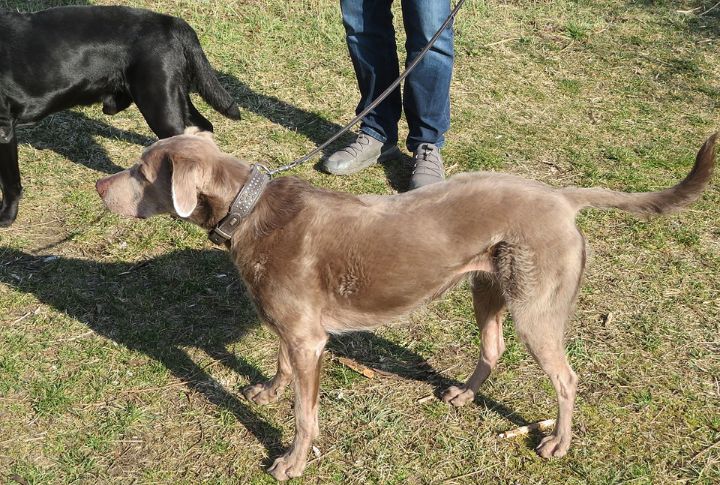
Feeling a soft lump under your dog’s skin? That’s often just a fatty tumor, especially in senior dogs. Not all growths are dangerous, but it’s best to monitor their size and shape. Some can interfere with movement or hair growth, so regular vet visits are essential.
Weight Fluctuates Easily
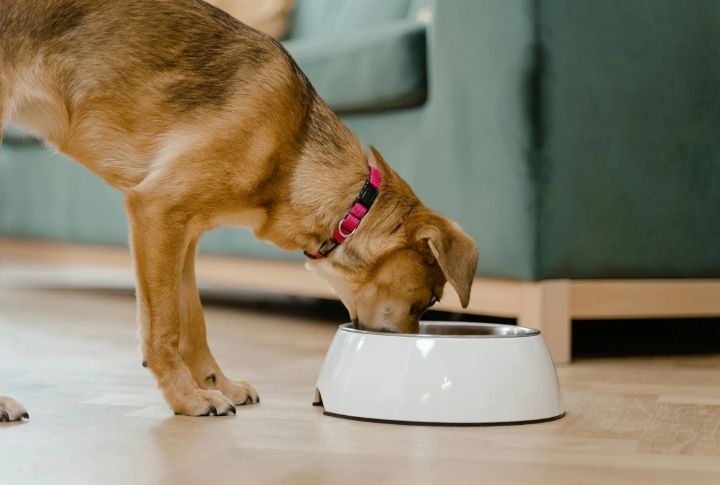
As dogs age, weight can shift unexpectedly—some gain due to slower metabolism, while others lose weight from underlying health issues like thyroid problems. Regular weigh-ins help catch these changes early, allowing you to adjust their diet based on body condition rather than standard portions.
Appetite May Decrease
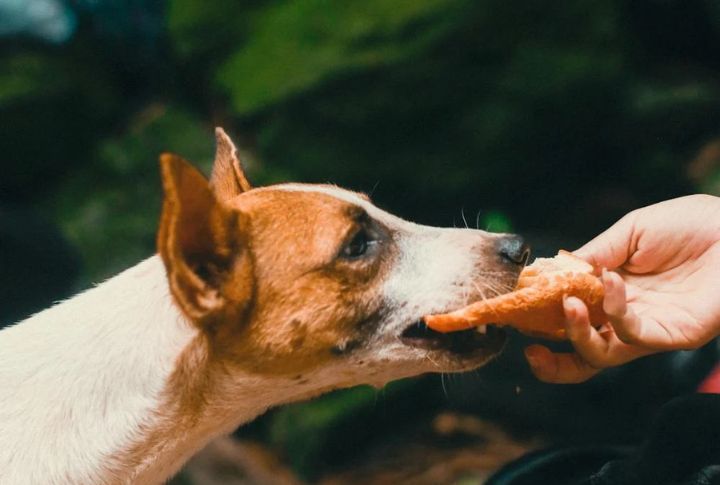
Is your dog turning down meals? Aging can dull appetite, particularly when chewing hurts. Try warming the food to boost aroma, or switch to softer, wet options. Hand feeding can also rekindle interest and make mealtime a more comforting experience.
Hydration Needs Increase
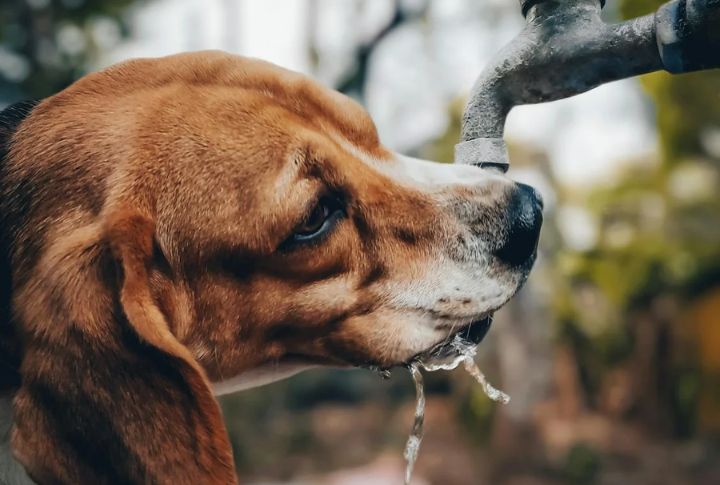
Older kidneys don’t retain water efficiently, so your dog might drink and urinate more. Dehydration poses a bigger risk, especially in hot weather or during illness. Wet food, broth, and raised water bowls can make staying hydrated more comfortable and convenient.
Grooming Becomes Harder
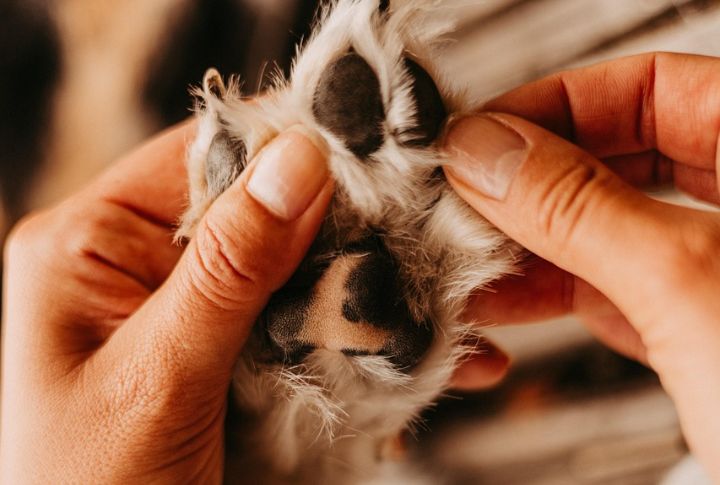
Stiff joints make self-cleaning difficult. You’ll notice longer nails and dirtier ears. Grooming becomes a team effort—professional help and gentle brushing sessions can prevent infections and discomfort. Keep an eye on paw pads, too; they crack more easily with age.
Behavior Becomes More Anxious

New fears often surface in aging dogs. Being left alone or hearing loud noises can cause stress that never showed up before. Daily routines and calming products—like wraps or pheromones—can ease anxiety. Consistency provides comfort when the world starts feeling uncertain.
Cognitive Function Declines
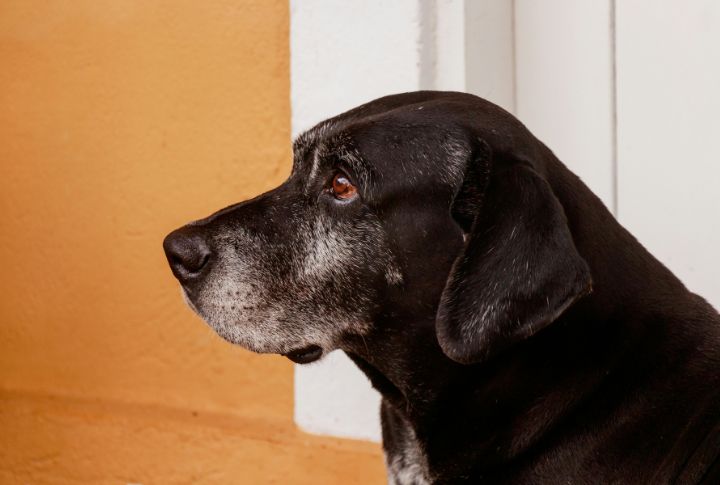
If your dog starts pacing, staring at walls, or getting lost in familiar rooms, it might be canine cognitive decline. About one in four senior dogs face it. Mental stimulation through games and training helps preserve brain function and daily responsiveness.
Temperature Sensitivity Increases
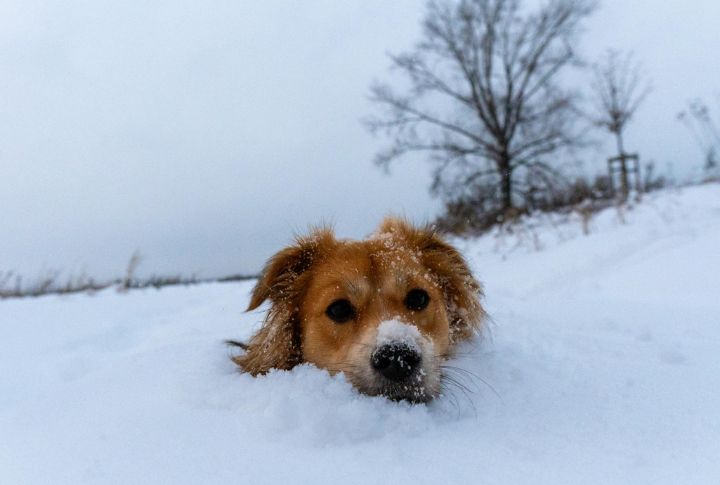
Older dogs often struggle to regulate their body temperature. Chilly days may leave them shivering, while even mild warmth can lead to panting. A thinner coat and slower circulation play a role, so providing weather-appropriate gear and avoiding temperature extremes becomes essential.
Breathing Can Become Labored
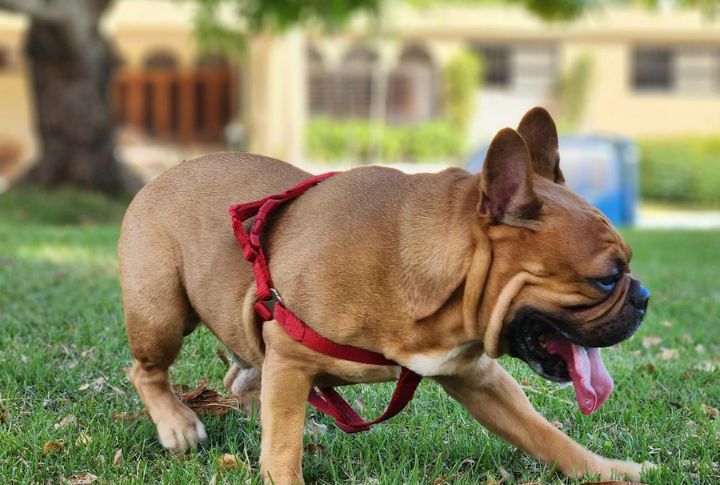
Wheezing or fatigue after brief activity may signal heart or lung decline. This is more common in flat-faced breeds, which already breathe less efficiently. Cardio exams help catch issues early, and low-intensity exercise keeps dogs active without putting strain on their system.




